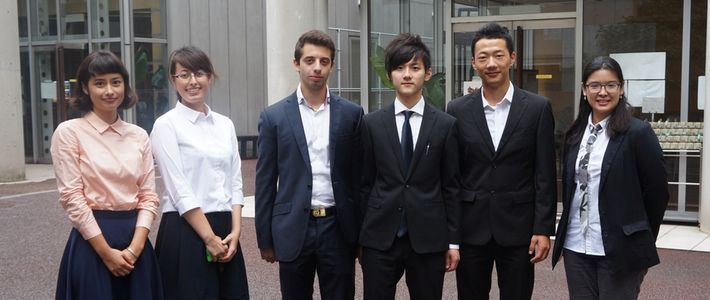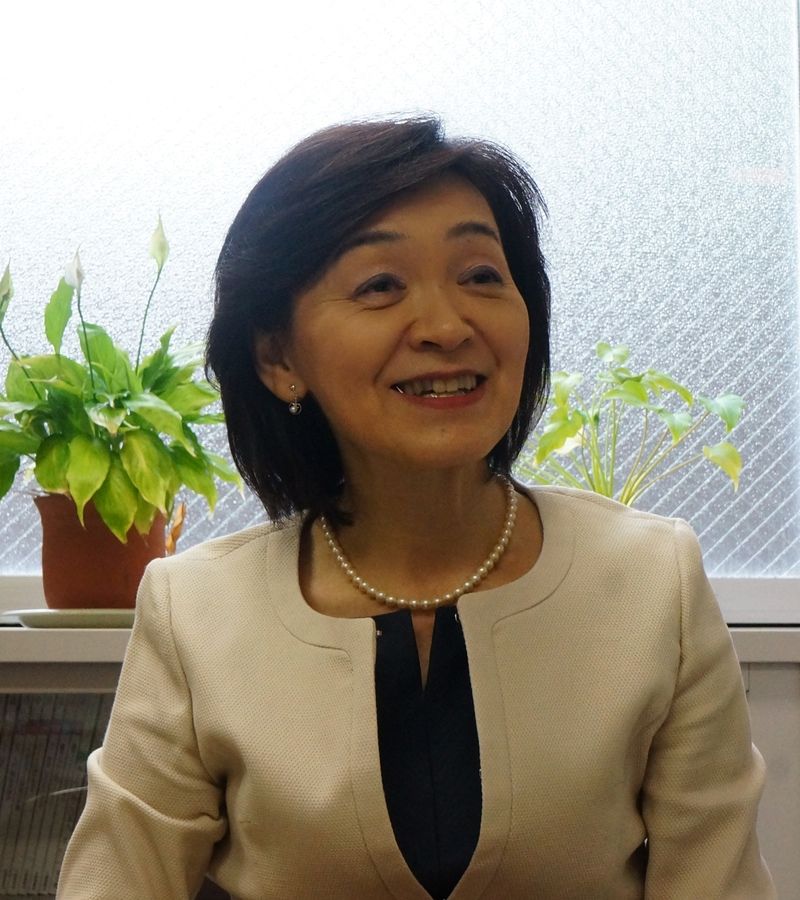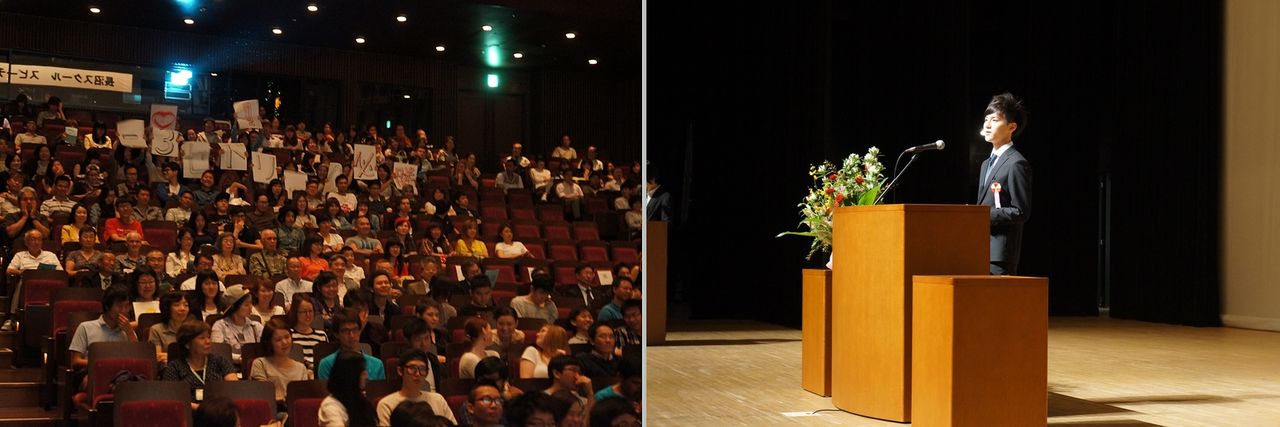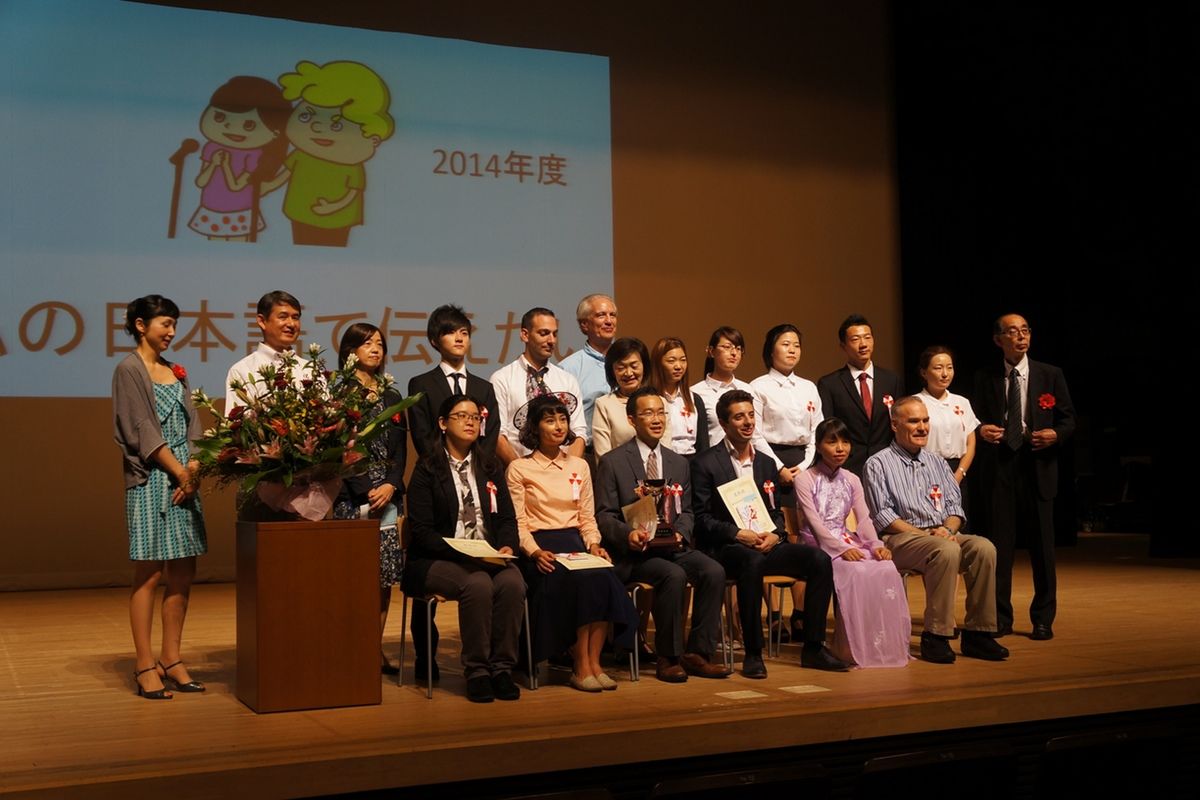
Speeches and Dreams: A Growing Generation of Japanese Learners
Society Culture- English
- 日本語
- 简体字
- 繁體字
- Français
- Español
- العربية
- Русский
Japanese has a reputation as a fiendishly difficult language to learn. With its three writing systems, multiple levels of formality, and subtle, syllable-timed pronunciation, this unique Asian tongue seems to have put off a significant portion of prospective students for decades with the scale of the task facing them as newcomers.
A Difficult Language?
Even during the economic bubble years from 1986 to 1991 and the “Eikaiwa boom” that peaked in the early 2000s, bringing hundreds of thousands of native English speakers to the country to teach at conversational English schools, many foreign residents put the onus on their Japanese hosts to accommodate them using English, perhaps feeling that the prospect of putting in hours of Japanese study for little presumed progress simply wasn’t an attractive trade-off.
But how justified is this image? The number of nonnative learners of Japanese is clearly on the rise, as students all over the world challenge the notion that attempting to tackle Nihongo is a fool’s errand. Japanese acquaintances and long-term expat residents alike agree that the number of foreigners with a fluent command of Japanese is increasing by leaps and bounds. When I first arrived in 2003, such individuals seemed to be few and far between, but a decade later, one encounters capable foreign speakers on a daily basis. And with every passing year, each cohort of fresh-faced new arrivals seems to pick up the language faster.
Testing Times
The most widely accepted benchmark of the Japanese skills of non-native speakers is the Japanese Language Proficiency Test, introduced in 1984 to assess learners of a variety of levels (five at present, increased from four in 2010, level 1 being the highest) in the areas of reading, listening, and knowledge of grammar and vocabulary. It is by no means a perfect gauge of functional fluency—there is no spoken component, and older versions of the test’s higher levels focused excessively on seldom-seen grammatical patterns and arcane lexis—but the number of students sitting the JLPT is a handy barometer of overall interest in Japanese as a foreign language (there are official test sites in almost 60 countries) as well as the commitment of Japan’s expat community to pursuit of communicative competence. The figures in the chart below, compiled from a number of sources, seem to hint at some interesting trends.
| Year | Registered foreign population | JLPT examinees | ||
|---|---|---|---|---|
| In Japan (% of foreign pop.) | Overseas | Total (level 1) | ||
| 1985 | 726,000 | 3,912 (0.5%) | 9,157 | 13,069 (3,476) |
| 2003 | 1,800,000 | 54,024 (3.0%) | 215,593 | 269,617 (84,742) |
| 2012 | 2,030,000 | 147,245 (7.2%) | 449,065 | 596,310 (144,332) |
It is clear that there has been a huge increase in the number of registered non-Japanese residents of this country in the three decades since the JLPT was introduced. But the popularity of the test has increased at an even greater rate, and the proportion of Japan-based foreigners attempting one of the various levels has also increased (although from 2009 the number of test dates doubled from once to twice a year, allowing retakes that may be boosting the recent figures). The apparent drop in the percentage of students sitting the most advanced test may be in part due to the extra test level added in 2010, which served to balance out what had been a daunting leap in difficulty between the basic and advanced levels of the test’s earlier incarnations.
Tokyo’s Oldest Japanese Language School
 Naganuma School Headmistress Kojima Michiko.
Naganuma School Headmistress Kojima Michiko.
The Naganuma School in Tokyo’s bustling Shibuya district was founded in 1945 and is the nation’s oldest surviving institution specializing in teaching Japanese to learners from overseas. Headmistress Kojima Michiko describes how the majority of students in the early postwar years were Western diplomats and Christian missionaries, but notes how the balance has changed over the course of her own 30 years at the school: “When I started, we had a lot of Korean students hoping to enter Japanese universities, often to gain a second degree, as well as Westerners learning the language for work. Over the years, the number of Chinese, Korean, and Southeast Asian students studying in Japan with a view to enrolling at universities here has increased greatly, but they still make up less than half of our student body. The majority are those learning for work and business.”
Speeches by Many Levels and Nationalities
Every year, the Naganuma School organizes a speech contest for its students. Participants are whittled down from the school’s total of 550 students through a series of heats, and on the day of the August 29 main event, eleven speakers were left, competing in three levels: beginner, intermediate, and advanced. A lively crowd of friends and classmates turned out in support, filling the spacious hall, some spurring on their favorites with homemade banners and placards. The speeches themselves were impeccably delivered and covered a range of topics: from the plight of animals left behind in Fukushima’s radioactive exclusion zone to international romance, the importance and power of words, and even the central role of sake in lubricating Japanese society.
 Classmates cheer on their friends during the contest (left) and Taiwanese student Zhang Yahao delivers his speech “Yaritai koto o yarō” (Let’s Do What We Want).
Classmates cheer on their friends during the contest (left) and Taiwanese student Zhang Yahao delivers his speech “Yaritai koto o yarō” (Let’s Do What We Want).
The winning speech, “Kore wa pen desu” (This Is a Pen), by American student Ian Toshio Nagata in the advanced category was a deep, yet humorous, treatise on the Zenlike clarity of thought that can be gleaned by falling back on the absolute basics of one’s field when under pressure. But as impressive as Nagata’s oration undoubtedly was, what was perhaps even more striking (and demonstrative of the truth to the message of the prizewinning speech) was the way in which the elementary candidates managed to clearly and concisely express very complex themes through precise, imaginative use of only the simplest grammar and vocabulary.
Follow Your Dreams
 Staff, judges, and guest speakers join the 11 contestants on stage at the Naganuma School Speech Contest 2014, themed “Nihongo de tsutaetai” (What I Want to Say in Japanese).
Staff, judges, and guest speakers join the 11 contestants on stage at the Naganuma School Speech Contest 2014, themed “Nihongo de tsutaetai” (What I Want to Say in Japanese).
The power and potential of words and language is well known. And in this global age, when more people than ever seek to make their home in a country other than the land of their birth, taking the steps to learn a foreign language can make the difference when it comes to realizing their goals. This was a strong recurring theme in many of the speeches: the idea of language as a tool for connecting people, fostering cross-cultural understanding, and attaining dreams. Further echoes came when speaking to Kojima, as well as long-serving teacher Ueki Kaori, who both name the opportunity to give people the tools they need to get ahead, along with a fondness for the Japanese language itself, as strong motivating factors behind their entering the teaching profession. This commitment on the part of the Naganuma School to helping its charges extends to providing assistance in completing visa applications, seeking accommodation and work, obtaining a mobile phone, and generally getting by in Japanese society.
Indeed, talking to some of the contestants back at the school after the event, there was a general agreement that much of the difficulty in learning Japanese comes not from the grammar, the pronunciation, nor even the complex writing system, but rather the social understanding that is required to correctly use the many, rigidly stratified levels of formal Japanese. When pressed for their tips on learning the language, they seemed to agree that interacting with people using Japanese is a must, as well as variously extolling the benefits of watching Japanese TV and dramas and memorizing song lyrics or the day’s news.
Animated Discussion
Regarding the increased interest in studying the Japanese language, Ueki describes a demographic shift of sorts: “When I first started teaching Japanese, the economy was booming and we saw a lot of elite-level students who had received government grants from their own countries to come and study the language for use in finance and commerce. But as the bubble burst, those students were replaced by people who had a strong personal interest in Japanese culture—or even subculture, manga, and so on.”
So how much do we have to thank otaku culture for the leap in interest in Japan and the Japanese language? In a discussion the following week, a prominent overseas-based professor of East Asian studies bemoaned the lack of a substantial corpus of academic analysis relating to manga and anime, the paths that lead many students to the field of Japanese studies. One of our contestants, though, sounds a note of caution when asked what advice he would give to prospective students of the language: “Don’t expect to learn good Japanese from subtitled anime. It doesn’t work. If you are intent on using anime, at least take the subtitles off.”
(With thanks to the Naganuma School of Japanese. Banner Image: Contestants Meina Naeymirad [USA], Evelyn Stautzenberger [USA], John Lingi [UK], Zhang Yahao [Taiwan], Hao “Kaku” Suyion [China], and Allison Lai [Taiwan] outside the Naganuma School, August 29, 2014.)
test education language Japanese exchange students JLPT Rowing